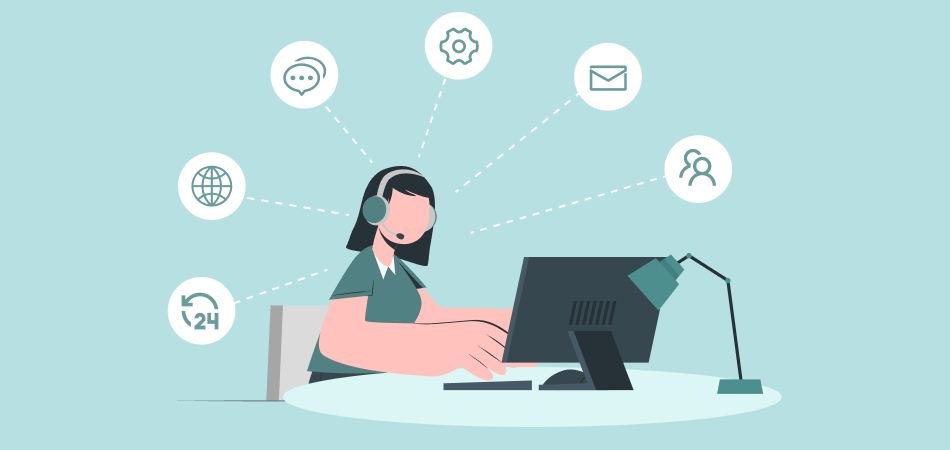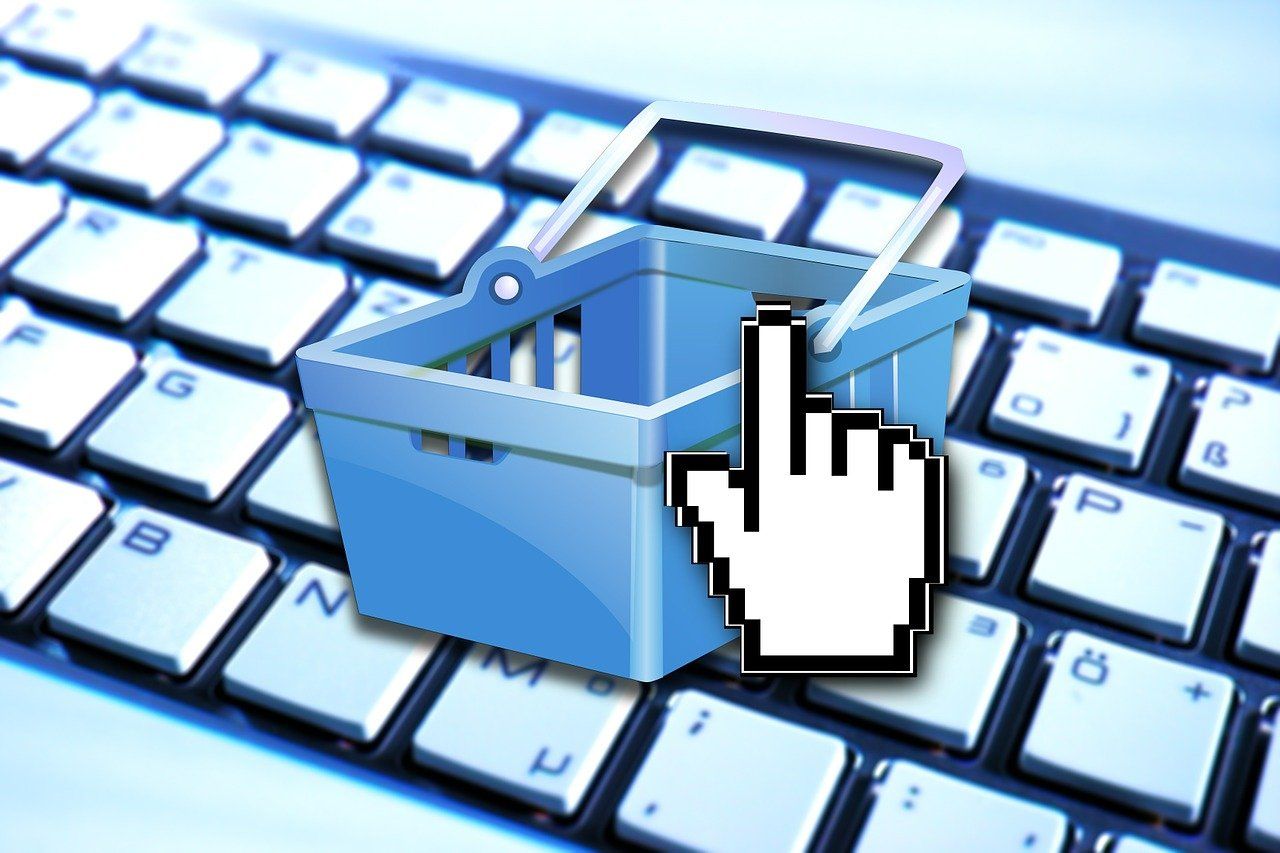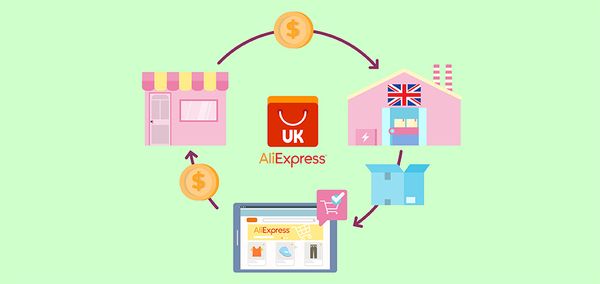How to Develop Effective After-Sales Strategies for Dropshipping Businesses

After-sales service is a critical component of any successful dropshipping business. It plays a significant role in enhancing customer satisfaction, fostering loyalty, and encouraging repeat business. Here's why after-sales service is essential and some actionable strategies to implement it effectively.
The Importance of After-Sales Service
1. Customer Satisfaction: High-quality after-sales service ensures that customers feel valued and supported, which can significantly enhance their overall satisfaction with your brand.
2. Customer Loyalty: Consistent and effective after-sales support helps build trust and loyalty. Satisfied customers are more likely to return for future purchases and recommend your business to others.
3. Reputation Management: Addressing post-purchase issues promptly and effectively can prevent negative reviews and improve your brand's reputation.
4. Competitive Advantage: Superior after-sales service can differentiate your business from competitors, especially in the highly competitive dropshipping market.
5. Feedback Loop: After-sales interactions provide valuable insights into customer preferences and potential areas for improvement in your products or services.

Actionable Strategies for Effective After-Sales Support
As after-sales service is essential, here are 7 actionable strategies for providing great after-sales service:
1. Offer Multiple Communication Channels
Traditional After-Sale Email: Attach the email address you use to deal with after-sales problems to the after-sales page of the store, so that you can categorize after-sales problems and reply to them. You can use apps like MailChimp to help.
WhatsApp: Leave your phone number or related contact information to you customers, and deal with their after-sale problems through phone calls or SMS messages.
Live Chat Customer Service: Add an online customer service component to your store where you can use chatbot or respond to customer questions by yourself. There are lots of third party live chat apps such as LivePerson, it uses AI and automation to create conversational experiences for customers. Be aware, this might get customers who had really bad experience going.
Social Media: Put your branded social media link on your store page. Let your customers contact you there. Be careful about bad reviews that might influence other customers’ spending decisions.
2. Use AI Integration Customer Service:
Use Integration Services: Such as Zendesk, it helps automate responses to common customer inquiries and can be customized to fit your business needs. They can use AI tech to integrate all your channels, this could save your time as their minimal average price is around $20 per month.
3. Implement a Robust Return and Refund Policy
Clear Policies: Clearly outline your return and refund policies on your website. Make them easy to understand and accessible. Here’s a template for reference:
4. Provide Detailed Tracking Information
Real-Time Updates: Use multi-carrier shipping software to provide real-time return tracking updates. Platforms like DSers can help consolidate tracking information. Mentioned a lot of times in past articles link here
Branded Tracking Pages: Create custom tracking pages on your website that provide localized tracking information and are consistent with your brand.
5. Proactive Communication
Order Confirmation: Send immediate confirmation emails upon order placement with all relevant details.
Shipping Notifications: Notify customers when their order has been shipped, including tracking information and expected delivery dates.
Follow-Up Emails: Send follow-up emails after delivery to ensure customer satisfaction and encourage feedback.
6. After-Sales Engagement
Surveys and Feedback: Regularly solicit feedback through surveys to understand customer satisfaction and areas for improvement. Here’s a template:

Loyalty Programs: Implement loyalty programs that reward repeat customers with discounts, early access to new products, or other perks.
Personalized Follow-Ups: Use customer data to send personalized follow-up emails that recommend products based on their purchase history.
7. Educational Content and Resources
FAQs and Tutorials: Provide a comprehensive FAQ section and tutorial videos to help customers troubleshoot common issues on their own.
Product Guides: Include detailed product guides and user manuals that can help customers make the most of their purchases.
By offering excellent after-sales support, you can enhance customer satisfaction, build loyalty, and set your business apart from competitors. Implementing the strategies outlined above will help ensure that your customers feel valued and supported, and this leads to a higher repurchase rate. Your loyal customers will get more and more eventually.











 Company
Company
 Why Choose DSers
Why Choose DSers
 Blog
Blog
 Help Center
Help Center




 Live Chat
Live Chat